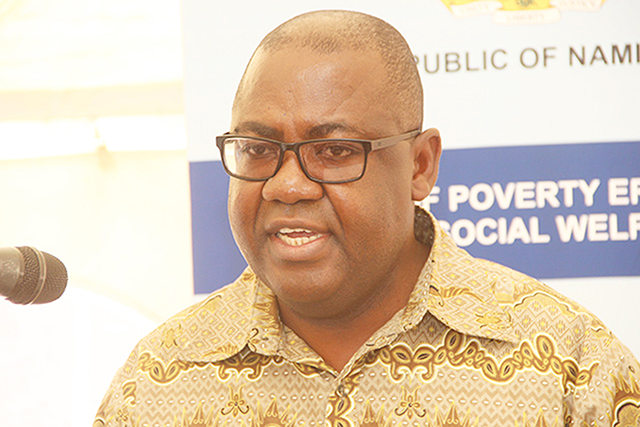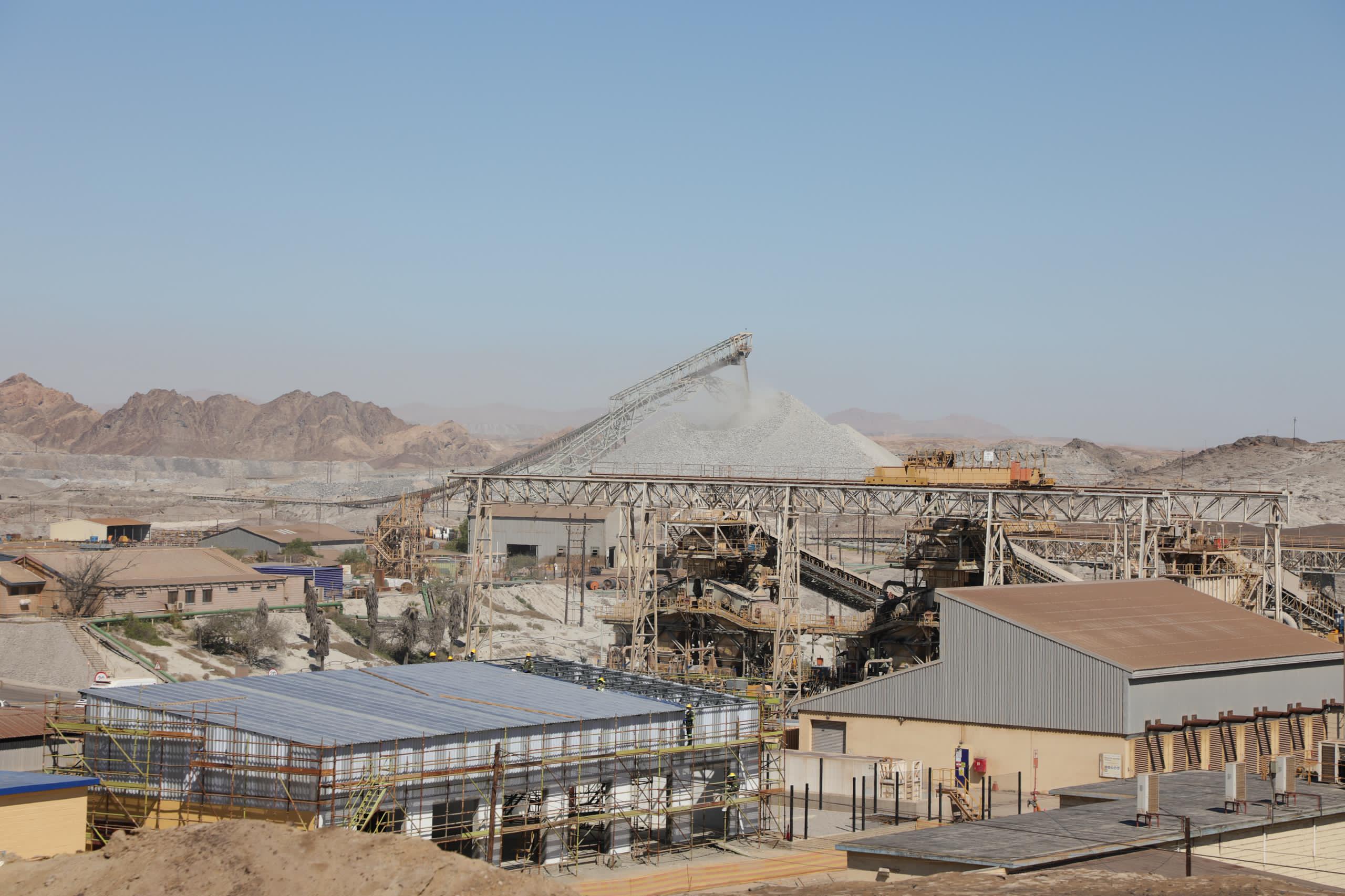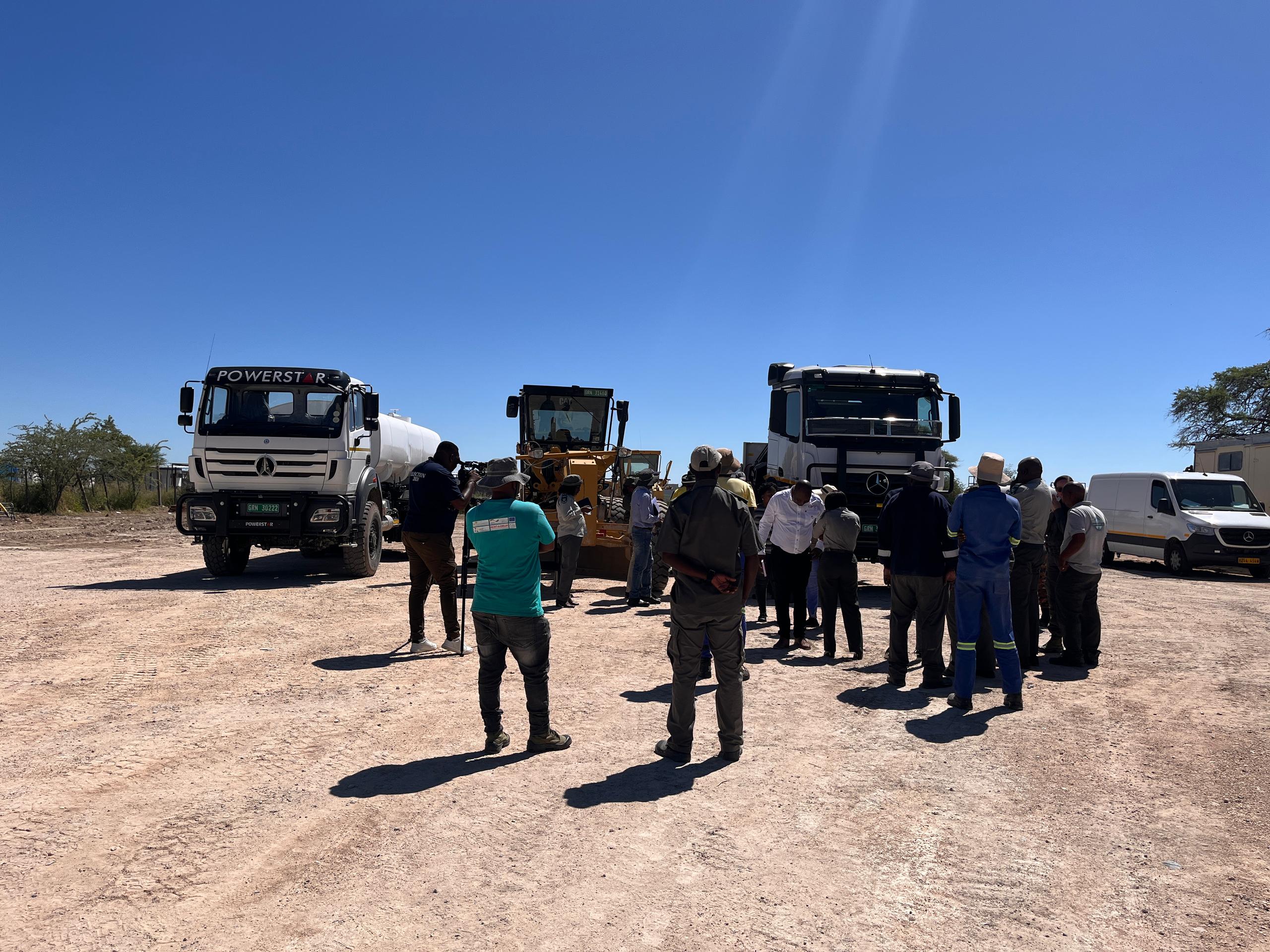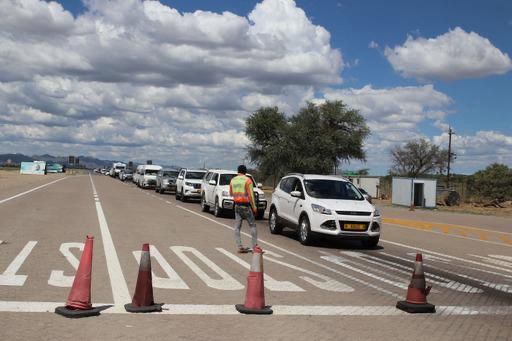NAMIBIA hopes to produce a disaster risk management profile within this financial year, permanent secretary in the Office of the Prime Minister I-Ben Nashandi said yesterday.
Nashandi was addressing the opening ceremony of the week-long disaster risk reduction workshop at a Windhoek hotel. It is running under the theme ‘;Building Disaster Resilience to Natural Hazards in sub-Saharan African Regions, Countries and Communities’;.
The workshop, aimed at building resilience in disaster management in Namibia, is a joint venture between the disaster risk management directorate that is under the Office of the Prime Minister, the United Nations Office for Disaster Risk Reduction (UNISDR), and the Cima Research Foundation for Africa, among others.
“The Office of the Prime Minister as a coordinating office for disaster risk management takes this workshop by the UNISDR seriously because we have been trying to develop a national risk profile for sometime now, without success. However, our office has set itself a task to produce such a profile this financial year,” said Nashandi.
He said risk profiling is critical to the ministry’;s work, as they are required to take risk-informed decisions at all times.
The lack of a risk profile was one of the gaps identified by the capacity assessment for disaster risk management in Namibia, conducted with the support of the UN country office back in 2016, which had recommended the development of a risk profile for Namibia.
Nashandi stated that the UN sustainable development goals form part of the developmental agenda of Namibia, and for progress to be made, there have to be improvements. “I would like to urge all participants to spend this week wisely, and aim to produce profiles other than for droughts and floods only”, he noted.
The PS added that Namibia is exposed to several hazards, including climate change and many more, which are a cause for concern.
“Thus, we can’;t afford to wait longer for the development of a national disaster risk reduction plan,” said Nashandi.
Acting United Nations country coordinator Dennia Gayle said evidence suggests that climate change has affected the magnitude and frequency of extreme weather events as seen through severe hurricanes, floods and fires.
According to her, more natural disasters have caused more damage in 2017 than in the previous five years.
She further quoted the Office for the Coordination for Humanitarian Affairs (OCHA) figures, which predicted that more than 135 million people across the world would need humanitarian assistance and protection in 2018, with conflicts and natural disasters being the main drivers.
“Disasters do not respect borders, and we need to be prepared. For this reason, this workshop is very relevant. The Land of the Brave is no stranger to disasters, and is vulnerable to droughts, flash flooding, veld fires and diseases,” said Gayle.
She added that over 97% of the rainfall is lost through some form of evaporation, while 28,8% of the population is considered undernourished. Lastly, Namibia is in the middle of a hepatitis E outbreak, having seen over 3 474 cases since the end of September 2017.
Gayle said when it comes to responding to and preventing disasters, Namibia has good stories to tell. Over the years, the country has developed disaster risk management legislative and policy frameworks, and put in place an institution to deal with such.
Stay informed with The Namibian – your source for credible journalism. Get in-depth reporting and opinions for
only N$85 a month. Invest in journalism, invest in democracy –
Subscribe Now!










